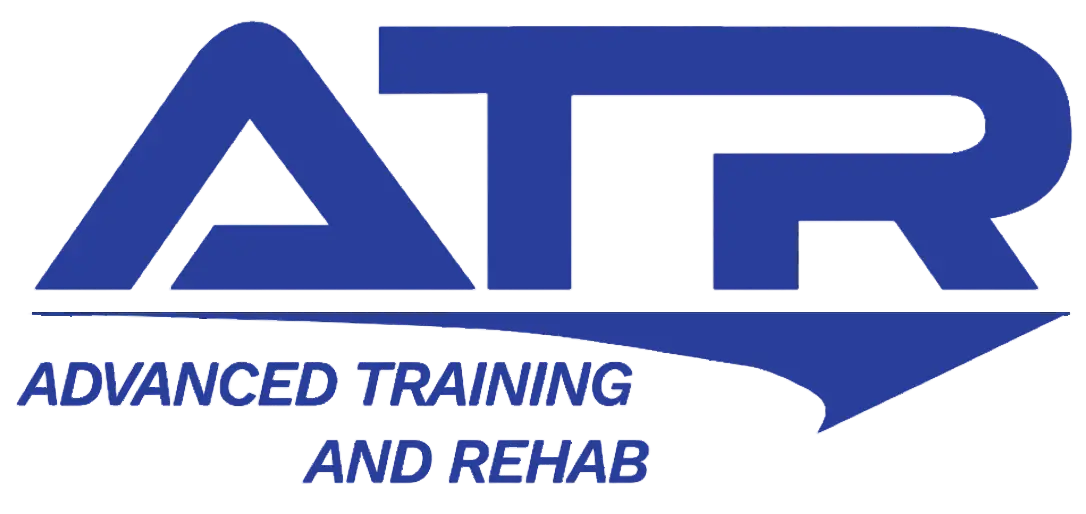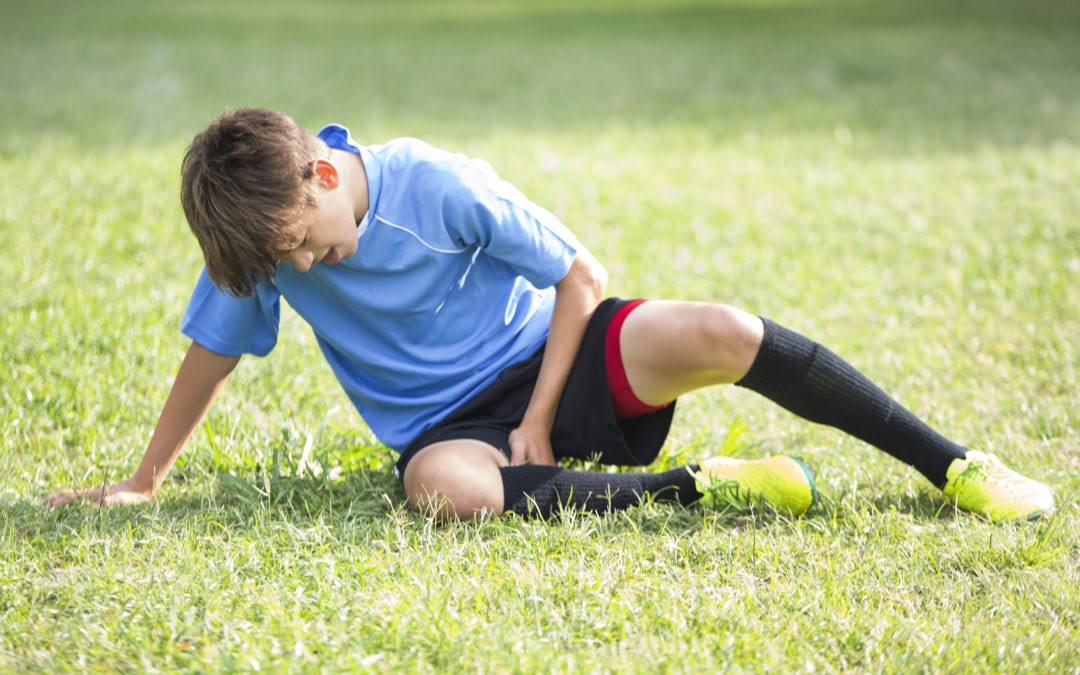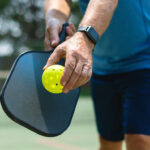7 years and younger
- This is the time to introduce basic exercises with little to no resistance/weight.
- Body Control Exercise
- Single Leg Balance Exercises
- Hopping/ Skipping
- Running Form/Mechanics
- Body Control Exercise
- Proper exercise technique should be taught and emphasized.
- Stretching should be introduced (Static Stretches Only).
- Jogging and bicycling are great sources of cardiovascular training.
- General Playing
- Keep resistance training volume low (i.e. push-ups, pull-ups, crunches, mini squats).
8-10 years old
- Start to progress the number of exercises
- Maintain a good balance of upper and lower extremity exercises
- Continue to progress flexibility and cardiovascular exercises
- Gradually begin increasing resistance and volume.
- Preadolescent children should not lift maximal or near maximal weights.
- Athlete should begin by performing 3-4 sets of 10-15 repetitions (i.e. bench press, seated rows, biceps curls, triceps presses, leg presses, hamstring curls, calf raises forward lunges).
- Weight should be minimal-Focus on Form
11-13 years old
- Continue to progressively increase the load on each exercise.
- Introduce basic proprioceptive drills (i.e. balance on unstable surface, single leg balancing, tilt board squats, rhythmic stabilization).
- Begin to introduce more advanced exercises with little or no weight with gradual increase in resistance.
- Progress to full body workouts (i.e. latissimus pulldowns, hip abduction, adduction, flexion and extension, knee extension, wall squats, lateral step ups).
- Athlete should begin by performing 3-4 sets of 10-15 repetitions
- Introduce core stabilization exercise
14-15 years old
- Continue to focus on basic and emphasize technique
- Begin progression of advanced and sport specific exercises (i.e. rotator cuff and scapular strengthening)
- Increase volume to 2-3 sets of 8-12 repetitions
- Introduce dynamic stretching
- Introduce and advance core stabilization activities
- Introduce agility and running drills (i.e. cone and sport cord drills)
- Initiate light plyometric drills
- Upper extremity: two hand chest pass, two hand overhead pass, two handed lateral pass,
- Lower extremity: Leg press jumps, jumping in place, 2 leg box jumps, lunge jumps.
16 years old and up
- Child can begin basic adult program if they demonstrate a good understanding of proper exercise technique/principles.
- Continue to progress strengthening exercises (i.e. deltoid press, dumbbell fiys, dumbbell pullovers, squats)
- Introduce thrower’s ten program for rotator cuff/periscapular strengthening.
- Incorporate eccentric and high speed training (i.e. exercise tubing, sports cord, tape hops, box drills)
- Advance dynamic stabilization drills (i.e. perturbations, lunges onto unstable surface)
- Advance plyometric drills
- Upper extremity: 1 hand throws 90/90 degrees, overhead dribbling, eccentric throw and catch of weighted ball
- Lower extremity: rotational jumps, bounding single leg activities




